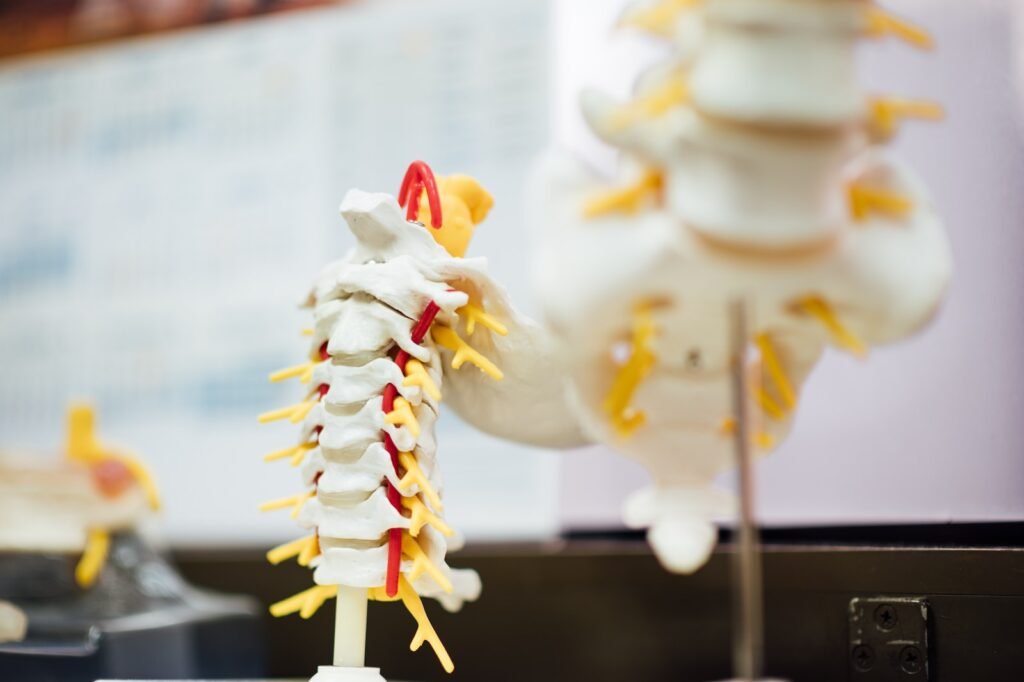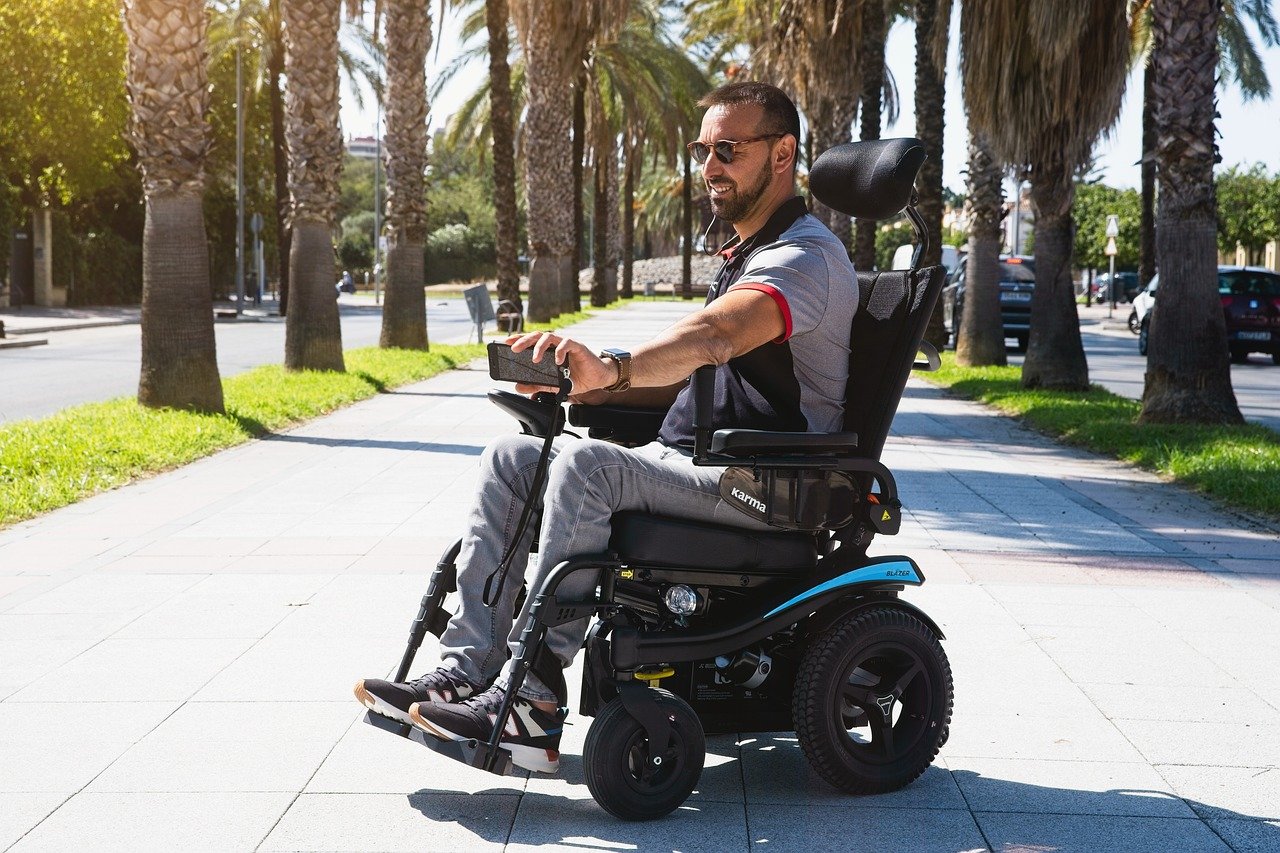Table of Contents
ToggleWhat is Paraplegia (Spinal Cord Paralysis)? What are the Treatment Methods?
Index
What is Paraplegia?
What Causes Paraplegic Spinal Cord Paralysis?
Spinal Cord Paralysis Symptoms
Paraplegic Spinal Cord Paralysis Treatment
Early Diagnosis in the Treatment of Paraplegic Spinal Cord Paralysis
Spinal cord injuries that occur as a result of trauma or similar situations and are characterized by damage to the nervous system tissues are one of the most important health problems that can cause death as well as serious losses in physical functions, dependency in daily living habits, severe disability and as a result, a serious decrease in quality of life. The condition, which affects the person physically as well as socially and psychologically, dramatically changes the lives of the patient and the people around him. Paraplegic spinal cord injuries are one of the most common conditions in this table, which is classified in 4 different ways as tetraplegia, paraplegia, traumatic spinal cord injury and non-traumatic spinal cord injury according to the region of damage to the spinal cord.
What is Paraplegia?
The spine, which starts from the brain stem and progresses in a curved way to the coccyx, consists of 4 different parts, namely cervical, thoracic, lumbar and sacral, and 33 separate disc-shaped bones that are connected to each other. Each vertebral disc in the structure of the spine is in connection with nerve tissues that perform different functions in the body. Therefore, the body function directed by the nerve cells associated with that region is affected in whichever vertebral disc the damage occurs in situations such as trauma. For example, tissue damage in the first three of the cervical discs located in the region closest to the brainstem can cause respiratory function arrest and end of life, whereas in the case of damage in the thoracic and lumbar regions, only physical function loss due to spinal cord paralysis can be seen.
If the spinal cord injury has affected the upper side from the thoracic spinal discs from the spinal cord segment called T-1 to the brain stem, then tetraplegia occurs, and in this picture, the arms, legs, trunk and pelvic organs may be affected. Paraplegic spinal cord palsy develops as a result of damage to the spinal discs at T-2 and below. In this case, unlike the tetraplegia table, the arms are not affected, only the trunk, legs and other pelvic organs are affected. Loss of function in the motor, sensory and autonomic systems applies to both conditions.

What Causes Paraplegic Spinal Cord Paralysis?
Although paraplegic spinal cord paralysis often occurs as a result of traumatic events such as traffic accidents, it is possible to talk about various non-traumatic conditions that lead to spinal cord paralysis.
WHAT IS TRAUMATIC SPINDLE PARLIA?
Traumatic spinal cord paralysis, which is approximately 2.5 times more common in men than in women, occurs as a result of traffic accidents at a rate of 40-50%.
Spinal cord paralysis due to fall takes the second place with a high rate of 30-40% and is usually seen in children and construction workers.
Violent events are also among the causes of paraplegic spinal cord paralysis due to trauma and are responsible for 2-14% of them.
Finally, serious sports accidents are responsible for approximately 7% of traumatic spinal cord paralysis.
Vertebral fractures that may exist in patients who are transported without the use of a neck brace and hard stretcher after situations such as traffic accidents or falling from a height may cause paraplegia. Transporting trauma patients under appropriate conditions may prevent paraplegia.
WHAT IS NON-TRAUMATIC SPINDLE PARLIA?
Various diseases that occur in the spinal cord, in its vicinity or in any region affecting the spinal discs can cause pressure, compression and damage on the spinal cord.
Infectious diseases such as brucellosis and tuberculosis are important diseases that are known to cause paraplegic spinal cord paralysis in the progressive stage.
Tumors that arise in the spine and its vicinity may cause spinal cord paralysis due to the pressure it will exert on the spinal cord in advanced stages.
Spinal cord infection called transverse myelitis is also associated with both paraplegic and tetraplegic spinal cord paralysis.
Nervous system-related diseases such as Multiple Sclerosis (MS) can lead to spinal cord paralysis in advanced stages.
Advanced lumbar and neck hernias can cause both tetraplegic and paraplegic spinal cord paralysis due to the pressure exerted on the spinal cord.
It is possible to say that neurodegenerative disease groups such as Alzheimer’s, which are characterized by the progressive loss of nerve cells, are also associated with spinal cord paralysis.
Spinal Cord Paralysis Symptoms
Thanks to the spinal cord and other nervous system structures in a healthy human body, nerve transmission is provided between the arms, legs and brain organs, and in this way, the person feels his arms, legs and fingers and performs the action of movement. One of the first signs that occurs as a result of any injury affecting the nerve tissue is usually loss of sensation. Nerve cells of the affected area are damaged and loss of sensation occurs in the organs to which these cells are attached. In cases where the disease progresses more severely, complete or partial loss of muscle strength may be seen in the affected body area. In this case, since the affected part of the body completely loses its sense of sensation, it will also lose its sensitivity to pain and suffering. Therefore, the affected body area becomes prone to various injuries, especially decubitus ulcer, also known as bedsore.
Weakening or complete loss of reflexes is also among the symptoms of spinal cord paralysis. However, intestinal functions, known as the body’s autonomic functions, are disrupted, and the person may face conditions such as severe constipation and diarrhea.
Paraplegic Spinal Cord Paralysis Treatment
Spinal cord injury is a very severe neurological disease that dramatically changes the lives of both the person and the people around him, and many medical problems occur after the injury. In the treatment of the disease, first of all, the respiratory problems of the person, if any, are tried to be eliminated. Paraplegic spinal cord palsy treatment is a very holistic treatment that focuses on physical and mental rehabilitation and is shaped around this center. The aim of rehabilitation practices is to prevent and heal additional complications due to spinal cord paralysis, to ensure that the patient achieves the highest possible functional independence, to lead a good social life and to continue to safely assume age-appropriate social roles.
Early Diagnosis in the Treatment of Paraplegic Spinal Cord Paralysis
In the acute phase of the disease, first of all, spinal stabilization is ensured and new nerve cell damage that may occur after this phase is tried to be prevented. At this stage, special care is needed in intensive care units. First, a detailed neurological examination of the patient is performed and the patient is evaluated in detail in terms of common complications in the early period. In early rehabilitation treatment, appropriate interventions are planned in order to prevent complications that may arise due to the disease, accelerate the healing process of the nervous system, and maximize the functional status of the person after spinal cord injury. In the subacute phase of the disease, patients are usually referred from the intensive care unit to the physical therapy and rehabilitation unit. With cushion activities such as short sitting, long sitting, turning, prone positioning on elbows and hands, and transferring, the patient’s muscle and nerve function is maximized. First, transfer to a wheelchair is provided with transfer boards, and after the patient grasps the sitting balance, ambulation training is given with a wheelchair. Since sensory damage is often accompanied at this stage, patients should be taught to use air mattresses in order to avoid pressure-related wounds, and they should be kept in a push-up position for about 15 seconds in 30-minute periods.
While planning the treatment of paraplegic spinal cord paralysis, the patient’s physical problems as well as psychological and sociological disorders should be considered, and the patient and his family should be rehabilitated together if needed. For this reason, it is important that the treatment plan is prepared by an experienced team in a way that covers all the needs of the patient with care. Take care to choose experienced centers for the effective rehabilitation of paraplegic spinal cord palsy.
